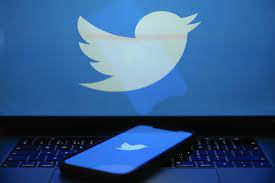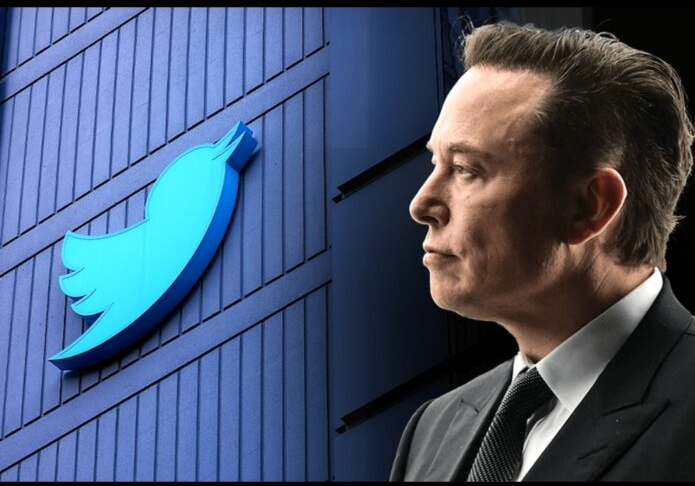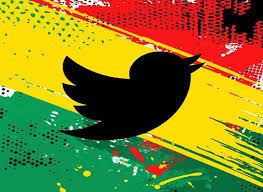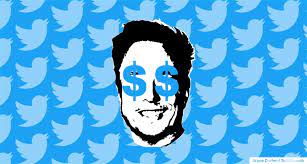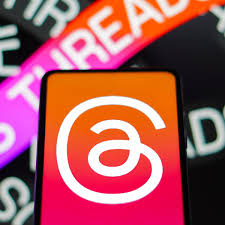Twitter has introduced a new regulation that will restrict the amount of direct messages unverified accounts may send per day. According to a post from the Twitter support handle, the update is part of the company’s plan to bring down the recent dramatic increase in spam sent through direct messages.
To increase the number of daily messages permitted, users need to subscribe to Twitter Blue, a subscription service offered by the firm in the past year.
Among the many benefits are that users who pay will appear higher in comments and in Twitter’s “For You” feed, suggesting tweets to users. Musk claims that Twitter Blue would increase income and protect users from bots and trolls.
While Twitter claims the 21st of July change is an effort to cut down on direct message (DM) spam, it’s still another way the company not-so-subtly encourages unverified users to upgrade to Blue membership.
The platform’s notice even encourages readers to “subscribe today to send more messages” and provides a link to the subscription page.
Read also: Twitter’s planned job listings, threat to LinkedIn?
70% reduction in spam in Direct Messages
Recently, the company said that starting July 14, it was adding a message setting that would send messages from a person the user follows to their primary inbox. Messages from verified users that the person doesn’t follow would be sent to the request inbox. According to Twitter’s Help Centre, the quantity of spam tweets sent to users’ direct messages has dropped by 70% after the update.
“Last week, we gave users the option to limit their Direct Message inbox to only verified users and people they follow. And now we’re seeing a 70% reduction in spam in Direct Messages compared to last week,” it stated.
“This work is ongoing, and we’ll continue to make changes to fight spam to make Twitter better for everyone.”
The basics, as provided by Twitter
You can start a private conversation or create a group conversation with anyone who follows you. Anyone you do not follow can send you a Direct Message only if you have opted in to receive Direct Messages from anyone or they are Verified and you have opted in to receive Direct Messages from Verified users or you have previously sent that person a Direct Message.
For some people who create a new account on Twitter, your account settings may already be set to receive message requests from other people you don’t follow. These requests are kept separate from your other DMs until you accept them. You can accept the request to continue the conversation, but you can disable the message requests by navigating to your Settings.

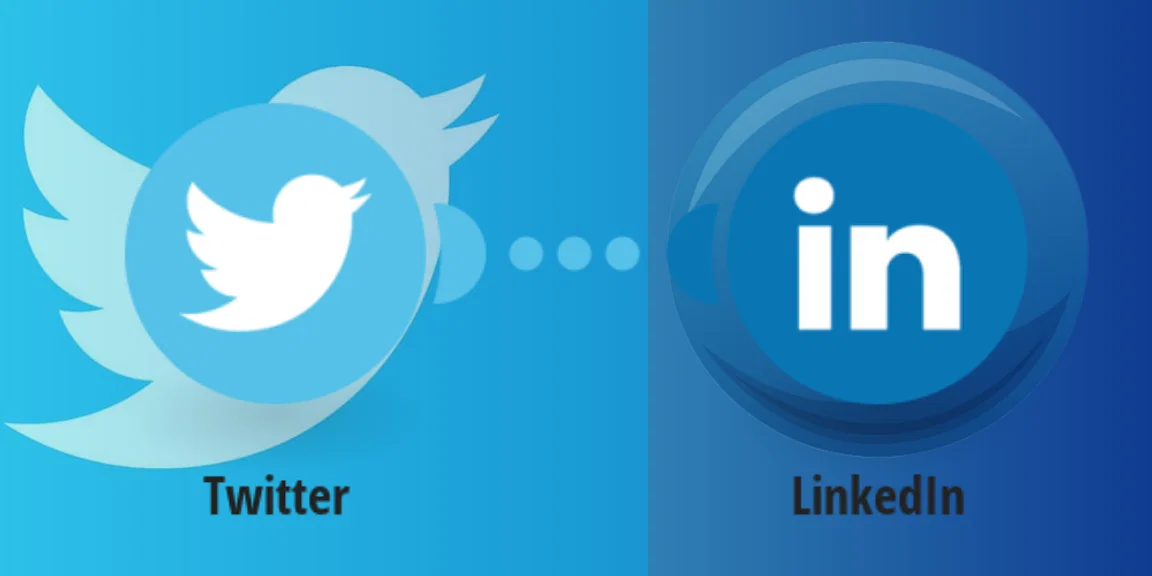
 (@AdamRy_n)
(@AdamRy_n) 